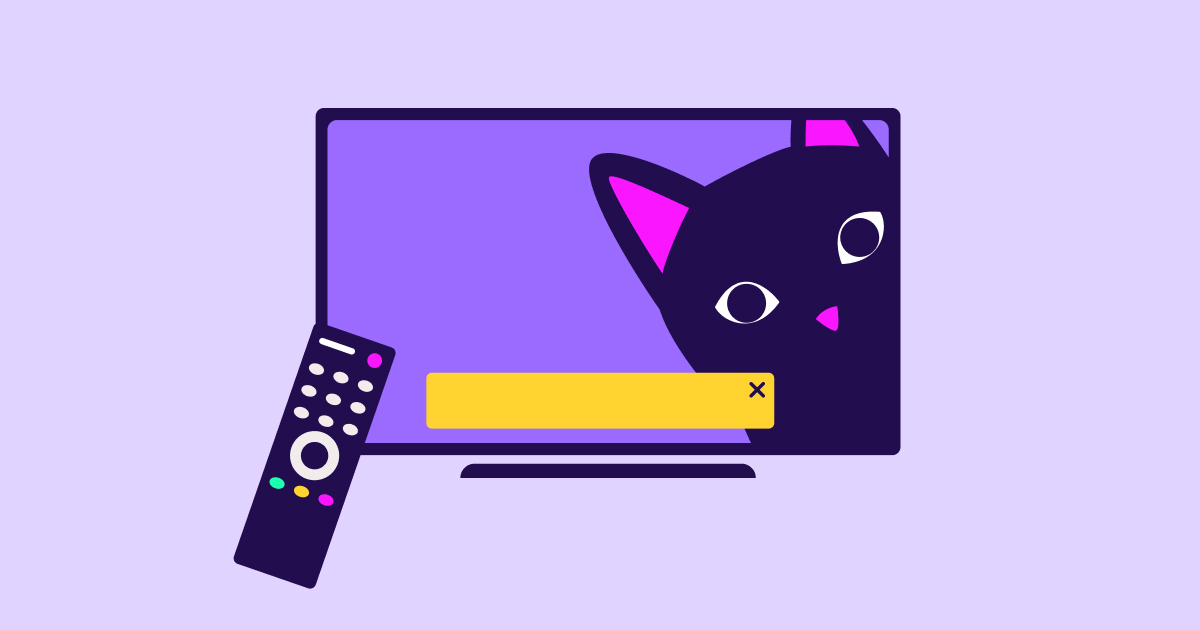
Choosing your mobile media sources: How many are enough?

On the 24th of September, 2019 Edition IX of the industry-standard AppsFlyer Performance Index was released, helping app marketers to answer the most important question in user acquisition: ‘Which media sources should I work with?’
But on top of that, we wanted to answer another key question we often hear from advertisers: “How many media sources should I run with?” Indeed, it is a key question to answer, impacting UA strategy, budget allocation, reach, fraud, and more.
Media source diversification is important yet challenging for marketers at all user acquisition scales. It forces them to strategically invest resources in setup and ongoing optimization. As in any relationship, it can also create overhead, not to mention expose their campaigns to fraud.
At the same time, working with many media sources has significant value, allowing marketers to explore new segments, features, and sophisticated business logic, while also maximizing audience reach. Additionally, it extends the wiggle room for optimization — enabling constant comparison of multiple sources, pulling levers where necessary.
Last but not least, it informs marketers where they have leverage to re-negotiate business terms.
One size does not fit all
To find out how many media sources apps in different key verticals and app sizes (determined by volume of non-organic installs) work with, we analyzed a data set of 7,000 mobile developers, using 600 different media sources over the last 2.5 years.
As we often see in our research, Gaming and Non-Gaming are two different worlds. We can see that Gaming apps choose to work with a lower number of partners as their spend is growing. High-spending Non-Gaming apps on the other hand prefer to exploit their higher budgets and hunt for installs through a higher number of sources.
So why would marketers from Non-Gaming verticals diversify their UA stack, while Gaming apps consolidate?
The answer lies beyond the Google-Facebook duopoly, where the variety and complexity of media sources change as you go down the funnel. What’s more, networks that specialize in Gaming or Non-Gaming operate differently, varying by type of technology, complexity, KPIs, business strategy, and general offerings.
On the one hand, Gaming has held its position as the biggest and top-grossing vertical, which means marketers are searching for both highly-scaled, diverse supply portfolios and simultaneous automation to minimize operational hazards.
The savviness of top marketers in this vertical is what forces media sources to adjust and align with real-time industry trends, as well as offer a variety of tech solutions for smart bidding, fraud prevention, progressive AI, creative optimization, and high-accuracy install prediction. The number of sources that can offer this tech is therefore limited.
On the other hand, in the Non-Gaming universe, marketers are reaching out to users across a variety of platforms, using both large and niche media sources to get users’ attention, and later working with retargeting-focused networks to encourage higher in-app engagement and conversion.
After all, while Gaming marketers search for users primarily within their own vertical, Non-Gaming audiences can be found across all types of devices and genres. Non-Gaming users also tend to be exposed to a higher variety of ad units, resulting in a need for more media sources that together create a complete set of UA possibilities.
The recent evolution of UA spend
Looking back over the last 2.5 years, the mobile industry has changed dramatically, traditionally occurring from the top down (high spenders paving the way) and with sizable gaps between Gaming and Non-Gaming, as seen in the graph below.
In part, this is affected by the emergence of thousands of new mobile apps since 2017, constantly adding new layers of complexity for advertisers and creating a fierce competition between media sources to win new budget streams.
We conclude it is no coincidence that marketers from the fastest-growing vertical (Gaming) have decided to diversify their UA stack with additional mid-sized media sources. Surprisingly enough, Non-Gaming marketers, who deal with their own challenges in the face of fraud, are still diversifying the number of partners.
Between these two trends, as our latest data shows, mobile evolution forces marketers to explore additional routes of UA distribution.
The million dollar question: What’s the sweet spot?
Indeed, this is a tricky question, since both diversification and consolidation have their pros and cons as we’ve seen.
Your sweet spot is the place where each additional media source delivers a minimal amount of incremental installs. To visualize this with clarity, try mapping all your media sources on a single graph, showing both the cumulative number of installs and the incremental addition of each one. It will look similar to the following graph:
In some cases, what you’ll find is that from a certain point, the incremental value provided by an additional media source is so small, that losing them will not affect your daily reach, and will leave you with a cleaner plate to deal with all your other daily challenges.
Of course, each company has its own set of limitations, such as business strategies, media exploration, etc. Add to that the quantity-quality tango, this graph is not black and white and all restrictions should be handled separately.
Food for thought
Succeeding as a mobile marketer is fairly complicated. The traditional user acquisition roles are changing, and long-term growth is the new focus. With that in mind, marketers are faced with using a complex measurement framework, accompanying the user from the first engagement to the end of the user lifecycle, and juggling between budget allocations and ROI goals.
While the user moves through the different funnel stages – acquisition, engagement, retention, and monetization – additional layers of data come into play. As the source of the acquisition has a tremendous effect on user quality and LTV, the above insights can be used by marketers for better budget evaluation and decision making.
Just remember that, as you become savvier, it becomes ever more important to find the magic number of media sources that will fit your strategy and help boost the growth of your business.




